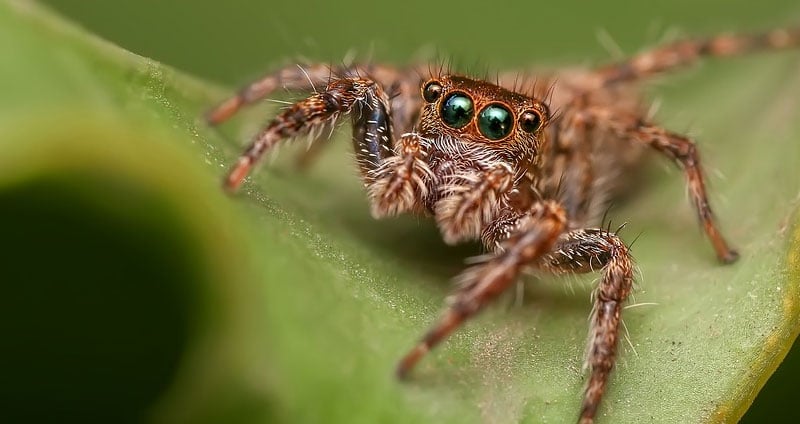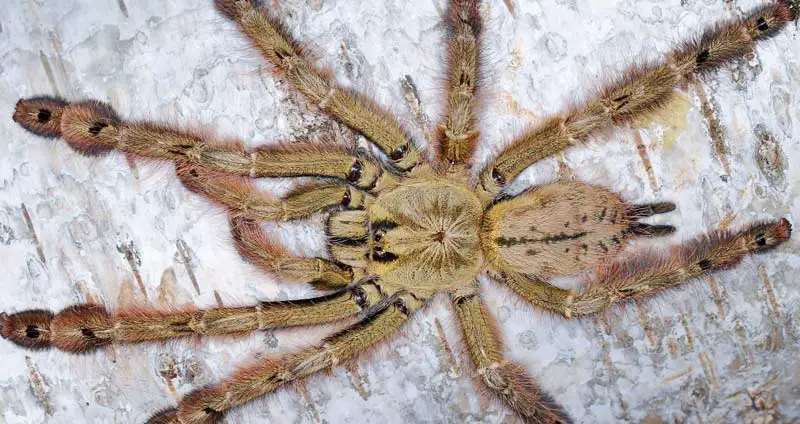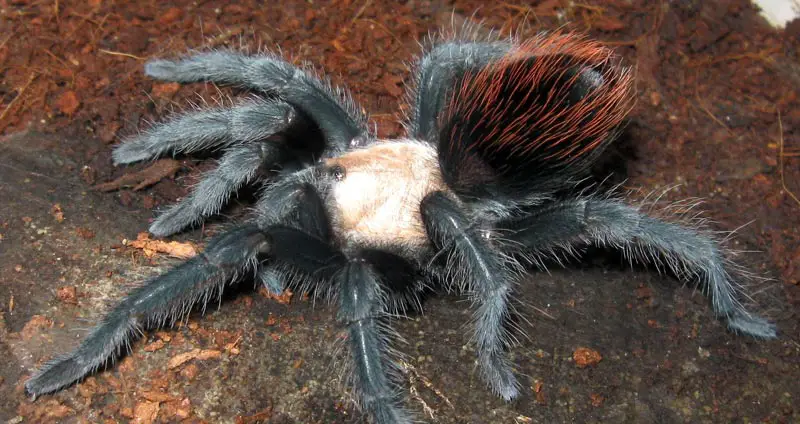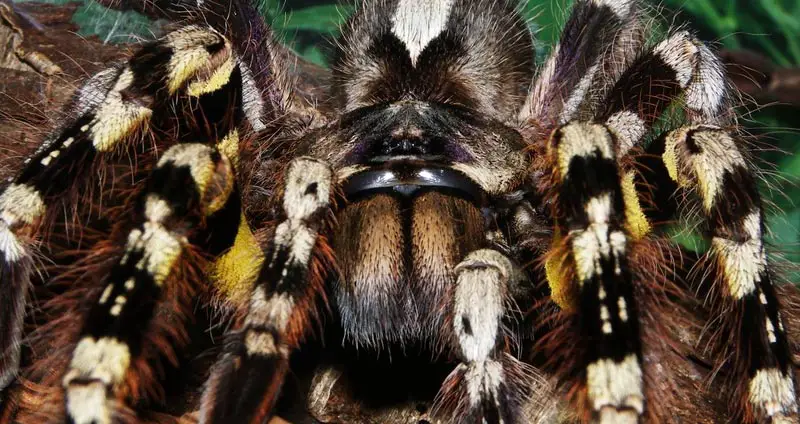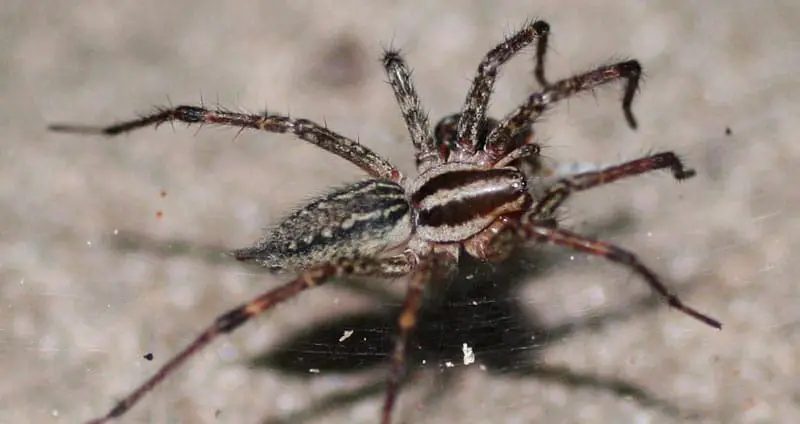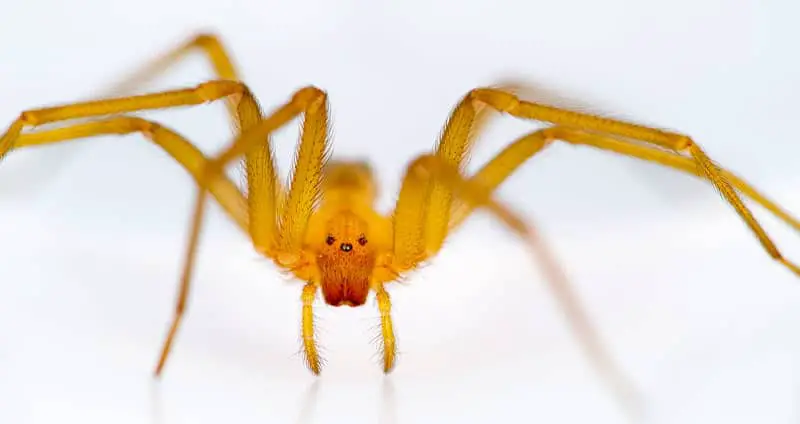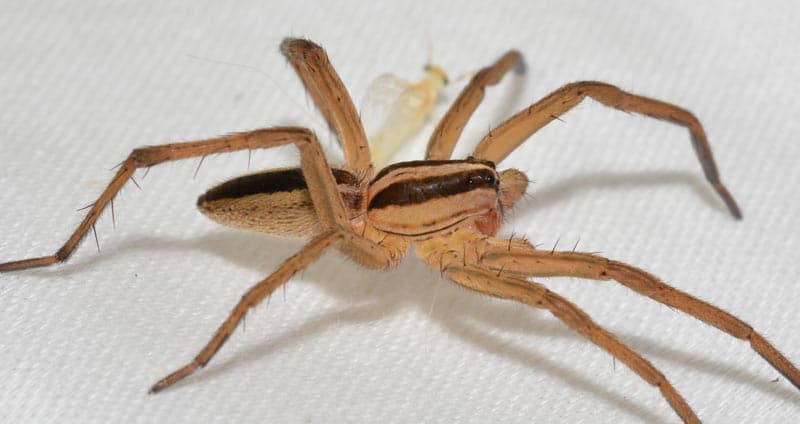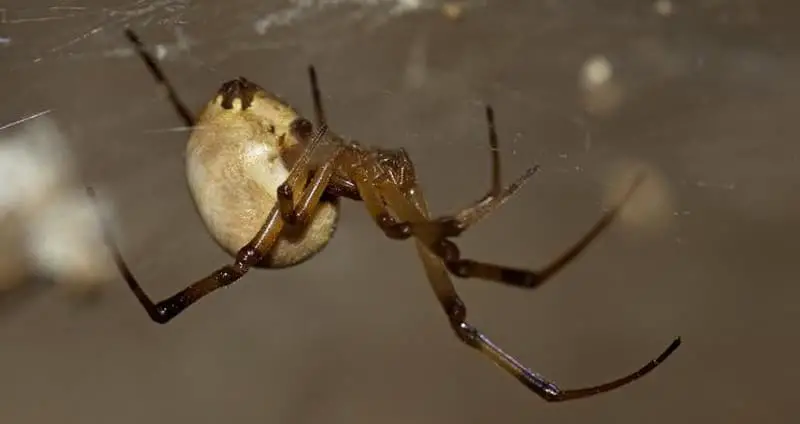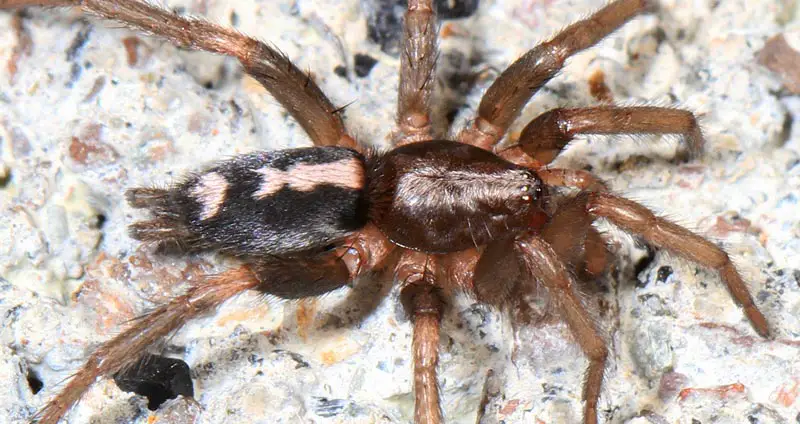What Do Jumping Spiders Eat? (Ultimate Feeding Guide)
Jumping spiders are some of the most popular pet spiders, right behind tarantulas. These spiders are adorable, easy to care for, and very cheap to acquire — the perfect combination. Because of the fact that jumping spiders are very small and exotic, you may not be sure about what they eat or how you would … Read more

